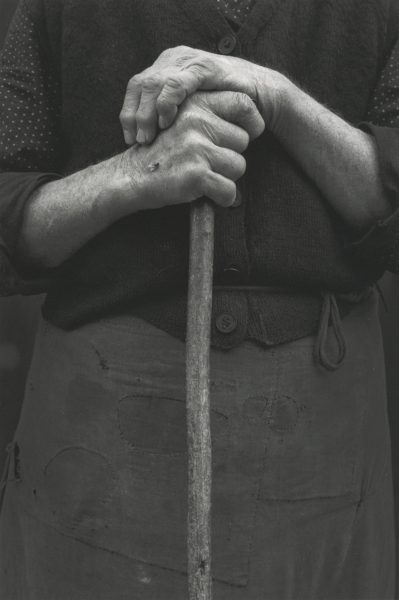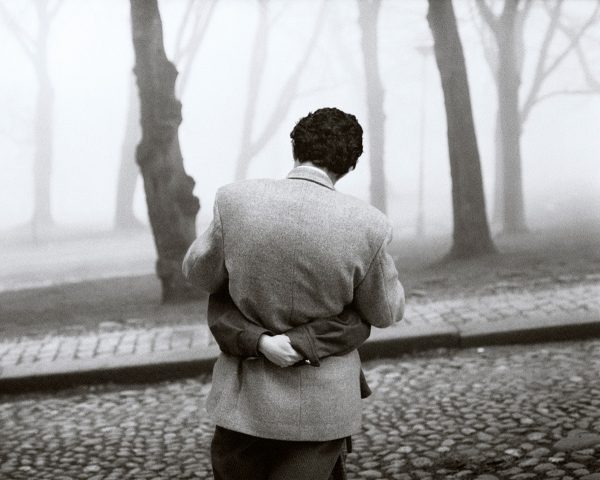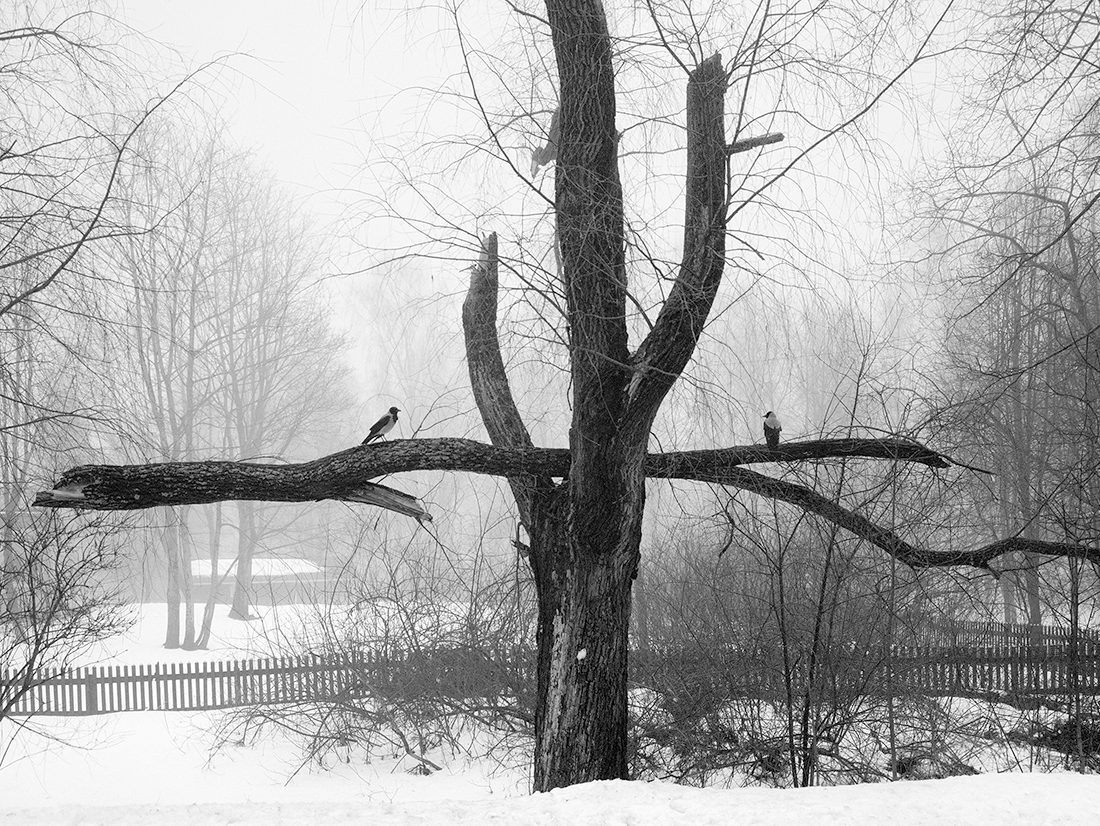Every month, Institut finlandais highlights creatives whose work sheds light on today’s Finland and France. In November, we interviewed the photographer Pentti Sammallahti whose monochrome imagery has offered us comforting sceneries already since decades; photographs that help us see and value the small, delicate details of everyday life.
Pentti Sammallahti is in Paris during the Paris Photo 2018 fair, and on this occasion, he presents his most recent body of work and his new publication entitled “Des Oiseaux” (Éditions Xavier Barral – EXB) that focuses on his bird images. His work is also exhibited at the gallery Camera Obscura until December 29th and his retrospective is presented at Maison de la photographie Robert Doisneau until January 13th 2019.
In your photos, you often play with contrasts: melancholy and humor, transience and timelessness, intimacy and anonymity, can be simultaneously present. Another strong element in your work is the comforting silence regardless of the context or the moment of the photo. Where is your mental landscape; do you feel more at home in a city or around nature?
I like tranquillity and silence – who would not?
I think I enjoy the life most in remote districts photographing the life and the environment that are vanishing. The transience of life often increases the importance and value of a photo – the world changes but the image remains. I rarely sigh for the days gone but as a photographer, I might be slightly nostalgic. A great modern Finnish composer, Aarre Merikanto, has once said that all art is nostalgia.

You have once stated that the most important characteristic of a photographer is not a great imagination nor creativity, but the sight: doing justice to the things we see. You started viewing the world through a camera lens already as a young boy, at the age of thirteen. How did you get into the world of photography in the first place?
Certainly, the artist’s own imagination and personal worldview play an important role in art. However, as a photographer, I am above all an observer and for an observer, it is essential to keep the eyes open. This work requires constant practice: keeping an eye on the lightning and on the little details, choosing the right cropping and the right moment.
When I was young, everybody was taking photos as a hobby, just like me and my friends. And it carried me away. My grandmother had been a photographer in her youth. She took photos of the landscape and the everyday life of people in Lapland in the beginning of the 20th century. The incredibly beautiful photos have been engraved in my mind. Unfortunately, she gave up with her career after marriage and dedicated herself fully to her family, as it was the convention at that time. Maybe it is because of my grandmother that my family appreciated photography so much and it was considered a form of art, which was very untypical in the 50s and 60s. They encouraged me in my hobby and appreciated my career choice.
Helsinki is your hometown, but the landscape in your photos changes often: you have travelled and photographed widely in Russia, Ireland and Morocco, just to mention a few. What has been the most memorable trip so far?
The world fascinates me and my mind is constantly traveling.
I start photographing as soon as I arrive to an unfamiliar location, no matter how baffled I am. In my opinion, a photographer does not need to know the object before capturing it. As a young man, I tried to read up on my new destination thoroughly. Later I realized that the image becomes far more interesting when you familiarize yourself with the object by looking at it. The facts are secondary.
It is impossible to say what trip or destination would have been the most memorable one. Siberia and its boundless vastness have been as memorable as watching the crows’ play in my home garden.
As a photographer, I am above all an observer and for an observer, it is essential to keep the eyes open.
You taught for a long time at the University of Art and Design (Taideteollinen korkeakoulu, nowadays Aalto University) in Helsinki. As a teacher, you emphasized the importance of high-quality proofing and printing. Do you think that your career as a teacher has later had an impact on your career as a photographer?
Obviously, a teacher must share all his knowledge and know-how to the students but I think the students learn mostly from each other. Learning is all about interaction and there, a teacher becomes also a student. It is hard to estimate how much the years as a teacher have affected my career later. However, I am sure that working for a long time with talented and enthusiastic people must have had an effect in several ways. Moreover, I met many of my dearest friends while I was teaching.
People often use words like tranquillity, stillness and peace to describe your work: your photos give an alternative rhythm to our modern hectic lives. Has the intensive rhythm of today’s world had an effect on your work? Has your working habits or the way you see the world changed during the last 50 years you have been photographing?
It is the usual story. I was very uncompromising and took photographing, among other things, very seriously when I was younger.
Time soothes and life is full of lessons. You learn that life is what it is and things do not always go the way you want. It is enough to do your best despite the compromises you have to make.
I have noticed that by ageing, I observe and react more slowly; my eyes and strengths are getting weaker, I feel lazy and search for comfort. But as I continue working and gain more experience, I also continuously improve my skills – I learn what works best in photographing and printing and what does not.

In your photos, different encounters play an important role: people and animals, cities and nature. Some details that seem unimportant, such as stretching dogs and sleeping doves, create significant moments and compose an entire story in only one image. How would you describe your ideal day?
For photography, the most optimal day is cold, windy and rainy, I especially like when it is sleeting. The worse the weather, the better the photo. Nevertheless, I am perhaps the happiest when I retire to my tiny, dark cellar that is filled with chemical odours, and in the red light, I shake a developer tray and listen to the music of the flowing water.
